Here I've sampled the tab20 colormap, so that the RGBA array cmap.colors has exactly 20 different entries, then I've assigned this RGBA array to the keyword argument facecolors that every collection accepts.
Not just for cosmetics, I've added a colormap, so that it's possible to recognize the order in which the circles were drawn.
from matplotlib.collections import PatchCollection
import matplotlib.pyplot as plt
from numpy.random import rand, seed
seed(20230104)
N = 20
coords = rand(N,2)*[2,1.2]
cmap = plt.get_cmap('tab20', N)
fig, ax = plt.subplots()
patches = [plt.Circle(coord, 0.06) for coord in coords]
# use facecolors=...
collection = PatchCollection(patches, facecolors=cmap.colors[:N-1])
ax.add_collection(collection)
cb = plt.colorbar(plt.cm.ScalarMappable(plt.Normalize(-0.5, N-0.5), cmap))
cb.set_ticks(range(N), labels=('%02d'%(n+1) for n in range(N)))
ax.autoscale(collection)
ax.set_aspect(1)
Overdone Version

from matplotlib.collections import PatchCollection
import matplotlib.pyplot as plt
from numpy.random import rand, seed
seed(20230104)
N = 20
coords = rand(N, 2) * [2, 1.2]
cmap = plt.get_cmap("tab20", N)
patches = (plt.Circle(coord, 0.06) for coord in coords)
fig, ax = plt.subplots()
im = ax.add_collection(
PatchCollection(
patches,
facecolors=cmap.colors,
edgecolors="w",
linewidth=2,
cmap=cmap,
norm=plt.Normalize(-0.50, N - 0.50),
)
)
cb = plt.colorbar(
im,
location="bottom",
fraction=0.05,
aspect=50,
drawedges=True,
)
cb.set_ticks(range(N), labels=("%02d" % (n + 1) for n in range(N)))
cb.dividers.set_color(ax._facecolor)
cb.dividers.set_linewidth(3)
ax.autoscale()
ax.set_aspect(1)




